Beyond Trends: Why 21st Century Collectibles Are More Than Just Objects
Curating the Most Iconic Collectibles of the 21st Century.
Platforms like Catawiki have reshaped collecting, turning once-niche hobbies into mainstream pursuits. Since its start in 2008 as a comic book community, Catawiki has grown into a marketplace hosting over 75,000 items weekly, blurring the line between passion and consumerism.
In collaboration with Hypebeast and a panel of global experts, Catawiki has curated a list of the 100 most iconic and collectible items of the 21st century, celebrating the convergence of pop culture, nostalgia, and the evolution of consumer passions.

Beyond just cataloging objects, this collaboration offers a lens into the future of collecting, fueled by the fast-paced interplay of technology and social media. The curated items reflect broader cultural concerns, from sustainability to identity, while also speculating on the dreams and anxieties that will shape the next 25 years. It’s a testament to how objects—whether a pair of sneakers or a digital camera—serve as both personal milestones and cultural markers in our rapidly evolving era.
As someone born in the '80s, I can’t help but recognize the entire list, which feels like a curated scrapbook of cultural touchpoints. From the resurgence of early 2000s nostalgia—think The Classic Clog or the Blackberry Bold 9000—to unconventional luxury like Vetements’ DHL t-shirt, it’s a vivid snapshot of how trends evolve. For instance, I didn’t realize the LOEWE Puzzle Bag launched back in 2014—the same year I raved about my Céline Classic Bag. Loewe, to me, has always felt like a Gen Z brand, although it is firmly rooted in fashion history.
The list spans movements like normcore and cottagecore, underscoring how quickly subcultures are commodified and categorized, often before they’ve had time to breathe. Is this constant labeling beneficial or limiting? I’m not sure. But perhaps it’s simply human nature to seek meaning, to relate, and to weave these objects and trends into our own identities. Whether we’re celebrating individuality or surrendering to consumer cycles, this list certainly captures the contradictions of our time.

Diving deeper into the list, I can’t help but feel a wave of nostalgia. It’s impossible not to get sentimental as I find myself logging onto Catawiki, searching for these items in the hope of rediscovering them and reliving those moments from the past (an exclusive co-curated online auction by Catawiki and Hypebeast accompanied the release of the list, running from 11 to 20 October). The list is a testament to the emotional resonance these objects hold for those of us who lived through their cultural peak.
I have to say, the team of experts behind this list has absolutely nailed it. They’ve managed to capture not only the iconic items of the 21st century but also the deeper stories and emotions tied to them. It’s a perfect reflection of how collecting transcends mere objects—it’s about revisiting the moments and meanings they embody.
But collecting isn’t just about revisiting the past. It’s a way of preserving cultural history, celebrating the craftsmanship and creativity that shape our everyday lives. Each item tells a story—not just of its creation but of its place in the shifting tides of culture. Collecting is also about exploring identity, as the pieces we choose reflect our tastes, values, and personal connections. In many ways, it’s a conversation between the past and future, where collectors don’t just hold onto trends but shape them, influencing what becomes iconic next.
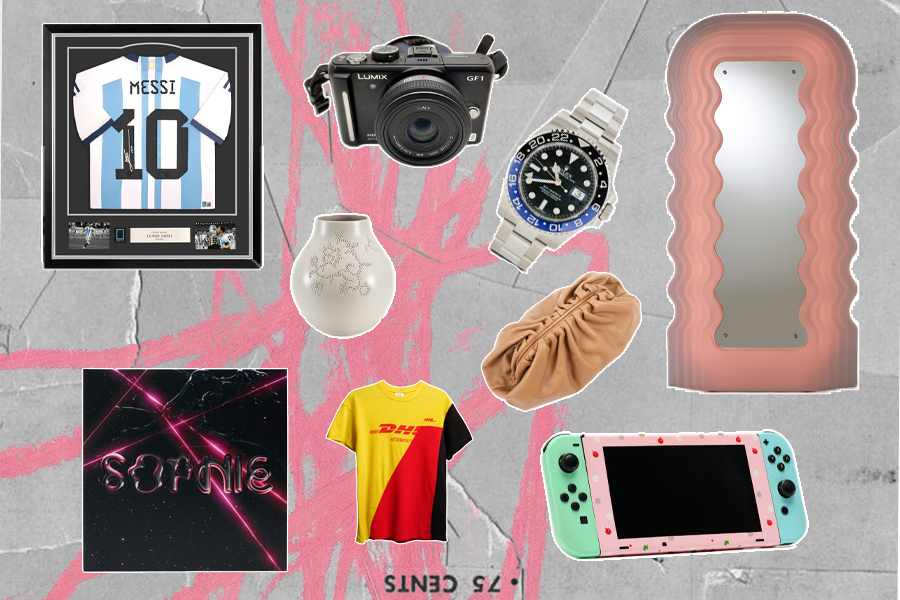
What makes an object iconic? It’s a question that looms over any list like this one, where seemingly disparate items—from Ettore Sottsass Mirror to the Tamagotchi —stand together as cultural touchstones of the 21st century. Diving into the list, it becomes clear that “iconic” isn’t just about aesthetics; it’s about context, influence, and longevity.
Cultural relevance plays a significant role. Many of these items reflect the zeitgeist of their time, capturing a moment in design, technology, or social behavior. The iPod, for example, isn’t just a piece of hardware; it symbolizes the dawn of a new era in music consumption. Similarly, subcultures often act as incubators for what later becomes mainstream.
But who decides what becomes iconic? Gatekeepers like editors, curators, and critics are key players in this process, amplifying trends and giving them cultural weight. Platforms like Hypebeast or Highsnobiety have become arbiters of taste, validating certain designs as more than just objects but as markers of an era. At the same time, celebrity endorsements and influencer culture have turned the spotlight on items like Balenciaga’s Triple S sneakers, proving that visibility and scarcity can drive desirability.
And then, of course, there’s the consumer. Ultimately, what becomes an icon is shaped by collective validation—the way we embrace and integrate these items into our lives, how they resonate with us personally, or even how they represent something aspirational. Some items evolve over time, reinventing themselves for new generations, like Nike’s Air Jordans, while others, like the Hermès Birkin, maintain their mystique through exclusivity.
This list doesn’t just document iconic objects—it poses a larger question: what defines the significance of what we choose to collect? Is it nostalgia, craftsmanship, or the stories we attach to them? Perhaps it’s a mix of all three, a constant dialogue between individuality and cultural consensus. Whatever the answer, these objects remind us that icons aren’t just made—they’re lived.
To round up this story, I’ve selected a few of my personal icons from the list, each with its own story. Let’s dive in:
Tabi Boot FW2010 Maison Margiela, 2010
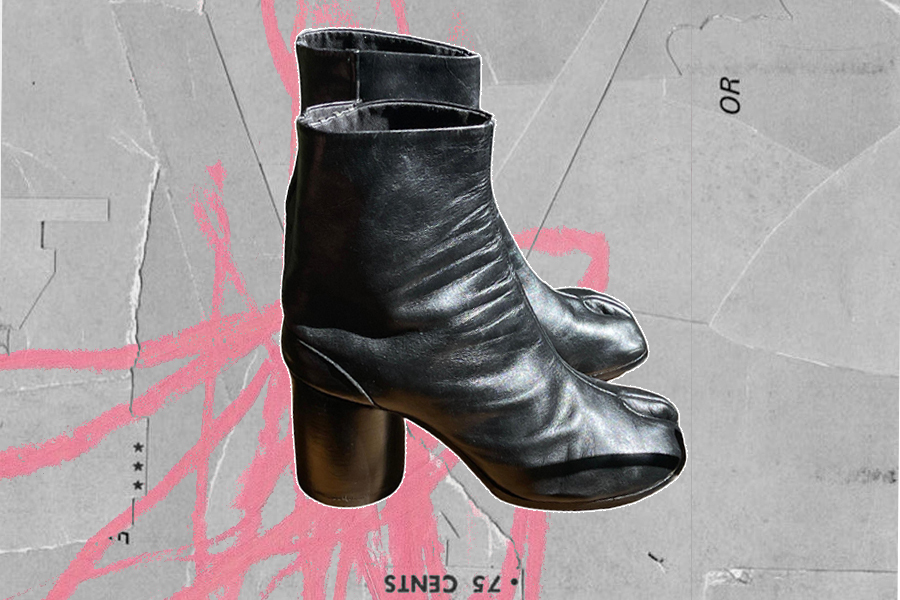
The Tabi boot, first introduced by Maison Margiela in 1989 as part of his debut collection, was a radical design that has since become synonymous with avant-garde fashion. However, it wasn't until 2010 that it truly captured the public's attention and became a cult item.
I vividly remember the impact of the Tabi boot when I bought my first pair in Stockholm in 2012. Even then, it felt like an acquisition of something truly unique—a blend of high fashion, countercultural significance, and craftsmanship that elevated my personal style.
Shopping Bag Telfar 2014

The Telfar Shopping Bag, introduced in 2014, quickly became a symbol of inclusivity, luxury redefined, and the power of community-driven fashion. I never had one, but it’s impossible to forget the buzz it created. Telfar Clemens’ concept was revolutionary—not only did the brand emphasize accessibility with its “anyone can get it” philosophy, but they also played with the idea of scarcity in a way that mirrored the allure of the Birkin bag.
Adidas YEEZY BOOST 750 OG Yeezy, 2015
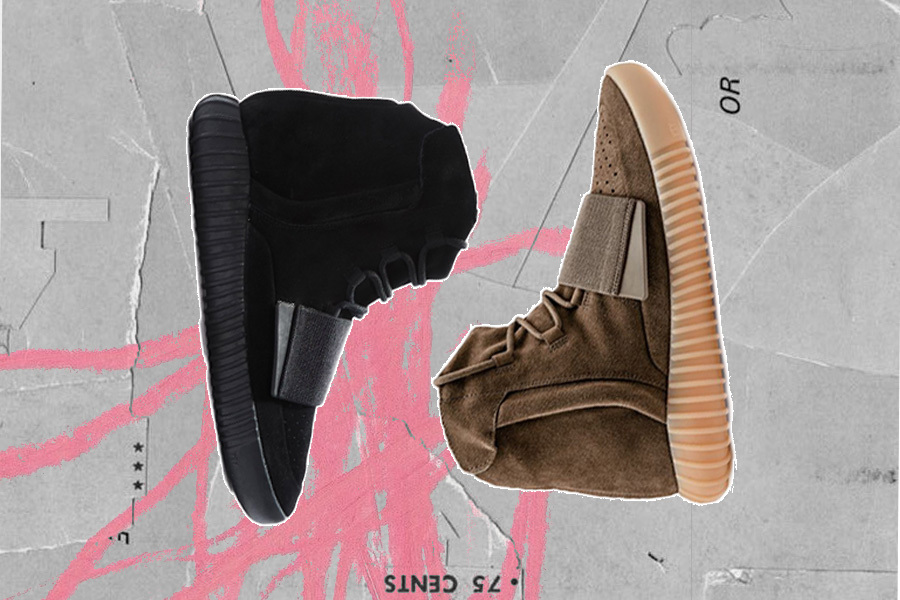
When Kanye West and Adidas introduced the first YEEZY sneaker collaboration, it marked a pivotal moment in both fashion and sneaker culture. It instantly became a cultural phenomenon, cementing the YEEZY BOOST 750 as a symbol of the intersection between high fashion and streetwear.
Barbie Malibu House 2019

I grew up with its 90s predecessor, which, while more playful and colorful, was no less iconic. Both houses represent the spirit of their respective eras, each capturing the cultural essence of the time in their design and appeal.
Classic Clog, Crocs 2002
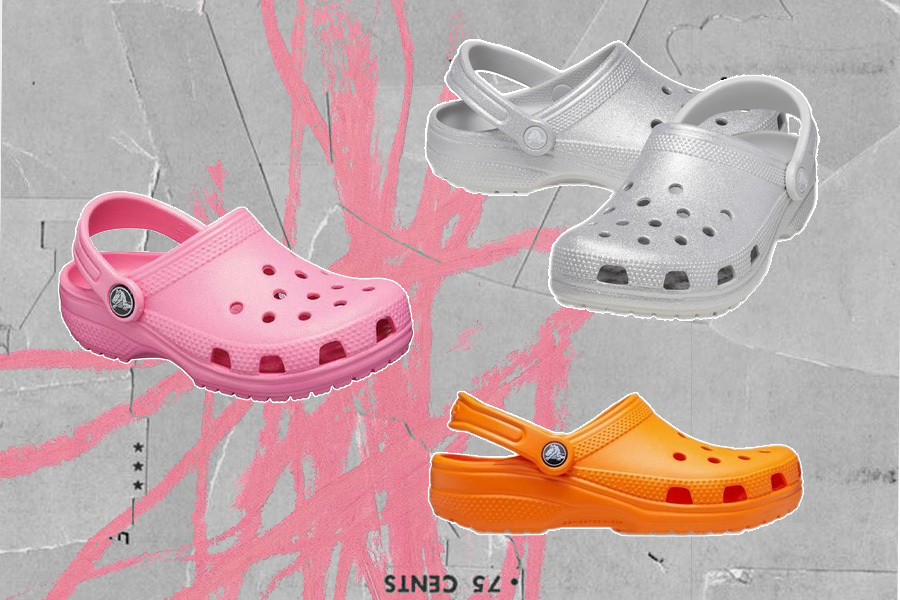
Once Crocs, always Crocs—a footwear revolution that defied trends and placed itself as a cultural mainstay. From their polarizing debut to their surprising transformation into a fashion statement, Crocs have transcended their functional roots to become icons of comfort, individuality, and unapologetic style.
Bold 9000 Blackberry 2008
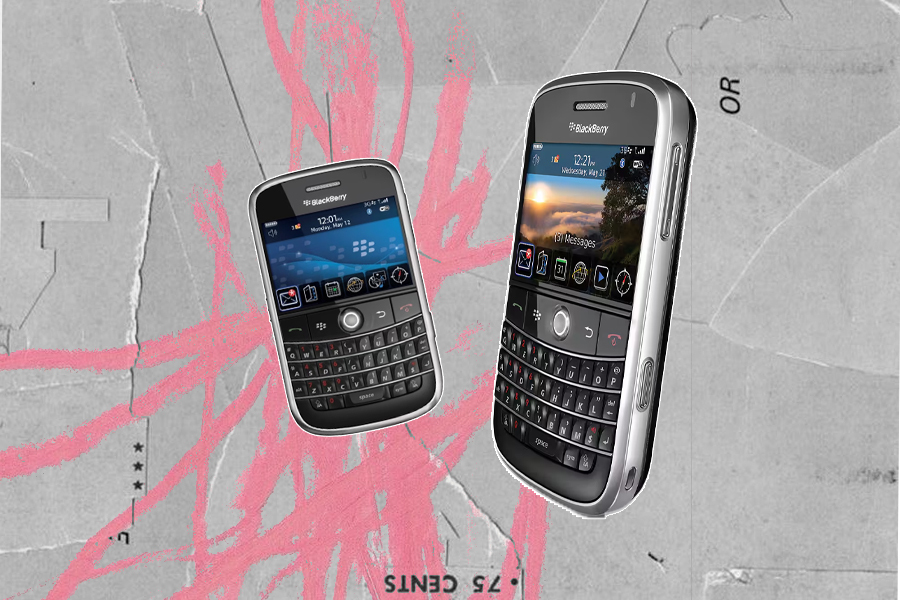
I got my first BlackBerry just before my first trip to New York. At the time, having a BlackBerry felt essential—everyone in NYC seemed to be clutching one, typing furiously with both hands.
Not long after, the iPhone arrived and shifted the landscape entirely. Still, while the Nokia 5110 deserves its place in the pantheon of iconic devices, for me at least, the BlackBerry epitomizes an era—a symbol of its fast-paced, text-heavy, pre-touchscreen world.
VW Golf GTI MKV Volkswagen, 2003

VW Golf was my sister’s first choice—on her 18th birthday, she got both her driver’s license and her car. It wasn’t the 2003 VW Golf GTI MKV; instead, it was a white Golf GTI 4 from 1997. Not just an icon of its time, but a groundbreaking model for VW—just as the VW Golf GTI MKV, introduced in 2003, became a symbol of innovation for the 21st century. It symbolized a new generation, blending performance and style that made it just as legendary as its predecessor.
As trends shift and new generations of collectors emerge, these iconic items will continue to serve as both markers of time and symbols of our ever-changing cultural narrative.
The compilation of iconic items was created as part of a collaboration between Hypebeast and Catawiki, dedicated to 21st-century collecting. As part of this, a survey was conducted among collectors in Germany, France, Italy, the Netherlands, and Belgium, providing insights into the evolving collecting trends in Europe.
All information about the survey is compiled here.











